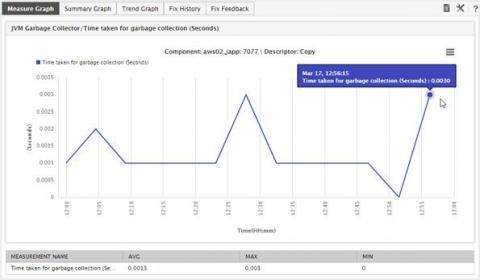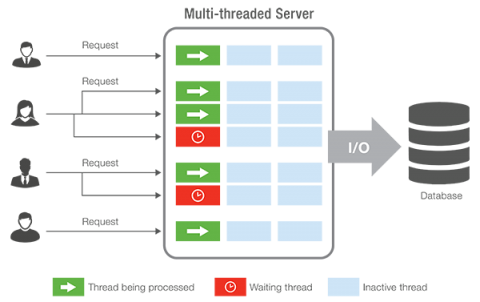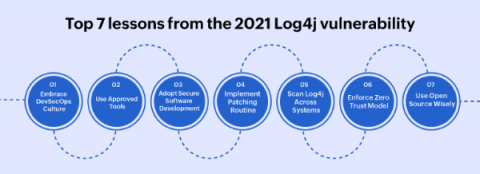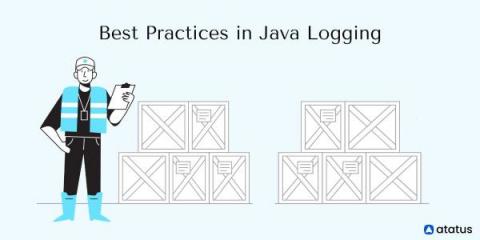What is Garbage Collection in Java?
For many, the world of Java is shrouded in mystery and endeavor. One such endeavor is garbage collection. There is many a viewpoint on garbage collection – whether it is good or bad, when is it needed, how often should it run, how to tune garbage collection operation, how to know when it is not operating as expected, and so on. In this educational post, we will try to clear the air on Java garbage collection and make it easy for developers and administrators to deal with it.











